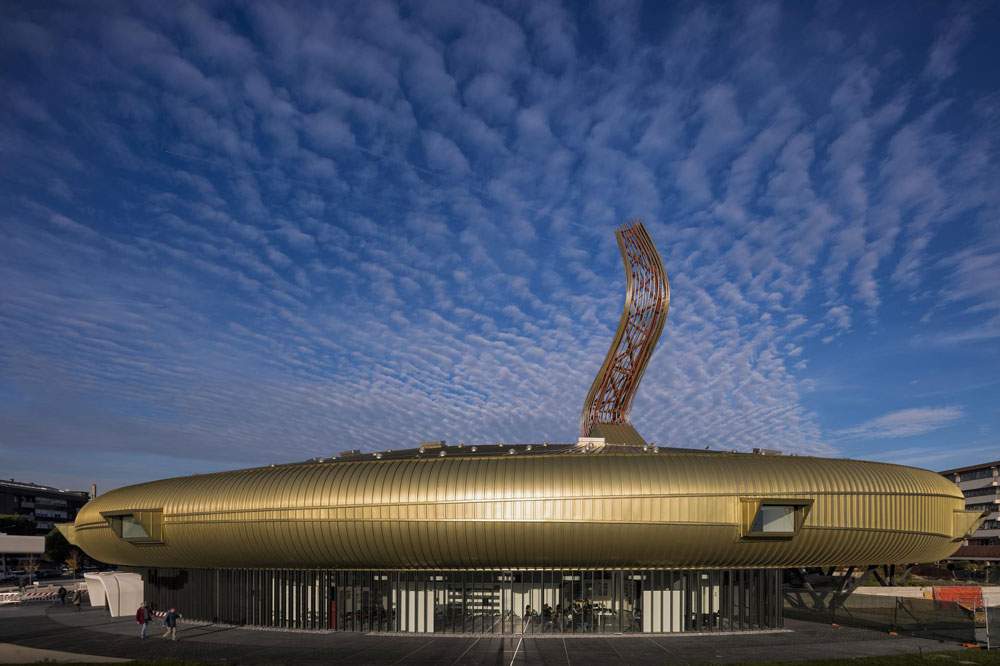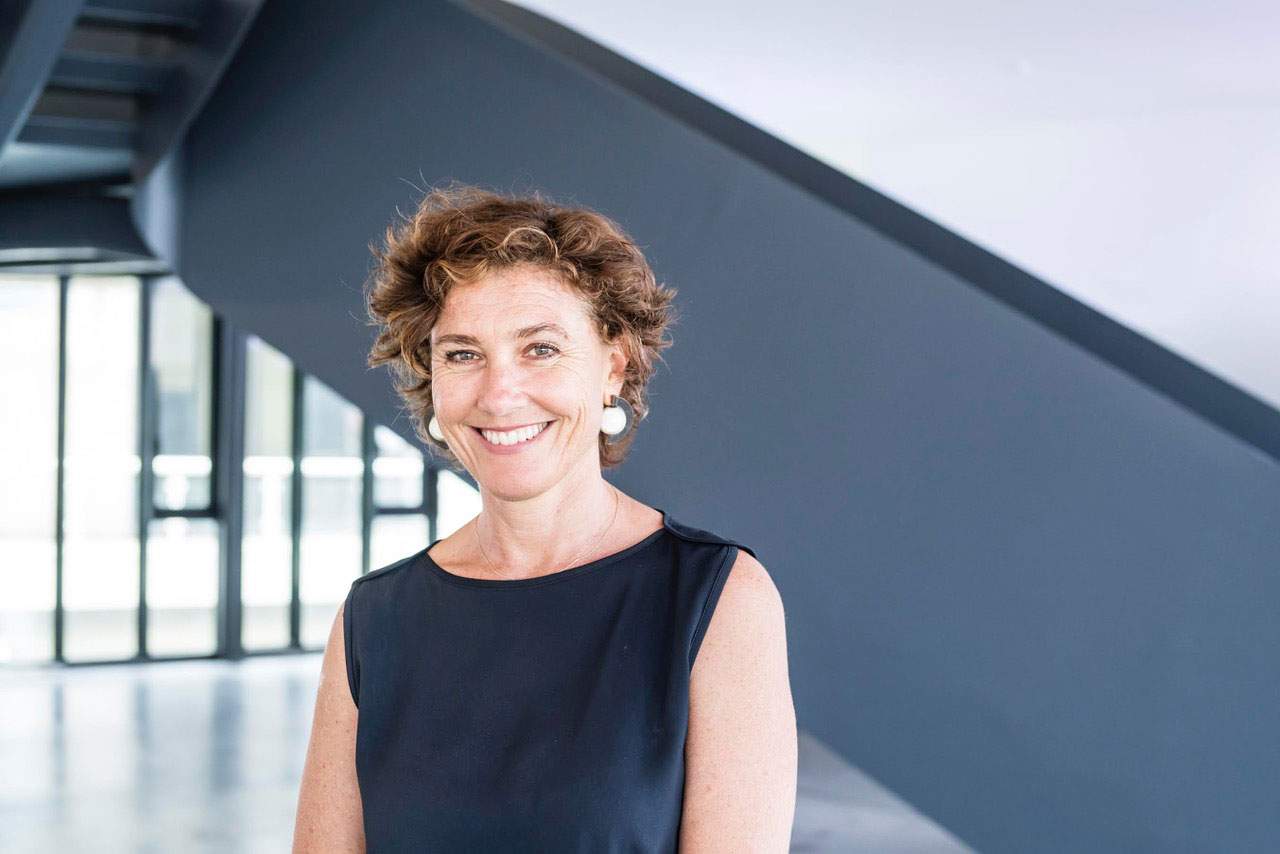The emotional charge that has been investing the Luigi Pecci Center for Contemporary Art in Prato these days, and still is, carries a mellifluous polarity, as it belatedly refers to the fate of a museum complex ripe (or burdened?) with a good thirty years of activity. Fact: On the evening of Friday, Oct. 8, with the lights practically already off, the board of directors of the Foundation for Contemporary Arts in Tuscany delivered to the press a concise and unequivocal communiqué, the fulcrum of whose discussion can be read in the peremptory revocation of Dr. Cristiana Perrella as general director.
The timing and mode in no way elegant, contemplating the version and the consequent reaction of the, by now, ex-director, aimed at taking legal action, is echoed by the president’s position on the linearity of what was already planned in February 2021, at the time of the renewal, and the invitation to respect the commitment made to hand in her resignation with a six-month notice. These disagreements have triggered a case, admittedly not the first one referable to the Pecci Center and, a widespread opinion not only among locals, probably not even the last. Most likely.


Cristiana Perrella (Roman, class of ’65), curator and art critic, took over from Fabio Cavallucci in February 2018, immediately receiving a hot inheritance, given the upcoming anniversary of the museum’s 30th anniversary (in thecontemporary sphere it is a milestone shared only with Castello di Rivoli) but especially noting the hermetic administrative closure to increased funding for the Center, stabilized on about three million euros a year. The arrival of Lorenzo Bini Smaghi, the banker behind Palazzo Strozzi’s programmatic exhibition “turnaround,” to the presidency of the Prato complex in 2019 further confirmed the need to give Pecci an autonomous direction financially, first and foremost by optimizing admissions: in essence, more exhibitions that act as tourist attractors and fewer sought-after offerings. It might have been interesting to elevate the dialogical clash between the passionate management devoted to content and the virtuous presidency inclined to the popular as a metaphor, but the reality is quite different. Between the board and Perrella there has never been conflict, in the sense that there has never been reciprocity. No fight, no dialogue, no exchange. The “agreement” between the parties referred to in these hours (first admitted, then denied, then retracted by the Roman curator), on the side of the three-year renewal that took place last February, presuming an early termination of the contract, in its dual interpretation shows how much each was rowing in its own direction, ferrying the Pecci Center to an identity drift. Nihil sub sole novum.
Without wishing to go into the merits of the contents, which are moreover vitiated by a densely critical period for cultural institutions, the direction taken in recent years by the Center seriously sins in its lack of communication, both with the outside and with the inside, painting an unflattering scenario and turning Maurice Nio’s ring structure into an eternal battleground. Few certainties at the moment, other than the announcement, concurrent with Perrella’s farewell, of new leadership by mid-December. Whether it will be a figure with previous positions at institutions devoted to contemporary culture or a stakeholder manager is yet to be seen: the only sensible appeal, indeed previously made but falling miserably on deaf ears, deals with the upgrading of spaces devoted to bibliographic consultation, which are shamefully small and scarcely inhabited. A library with 60,000 browsable items, recently enriched by the donation of the archive of the late Lara Vinca-Masini, certainly deserves more active attendance.
Warning: the translation into English of the original Italian article was created using automatic tools. We undertake to review all articles, but we do not guarantee the total absence of inaccuracies in the translation due to the program. You can find the original by clicking on the ITA button. If you find any mistake,please contact us.